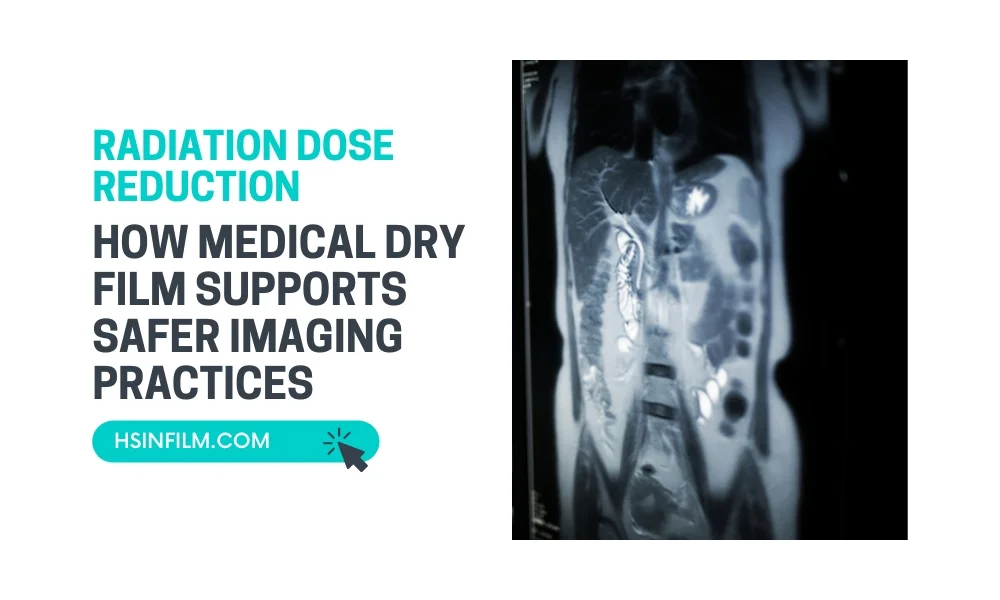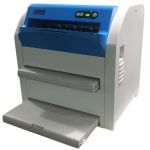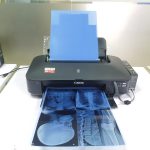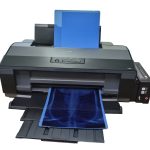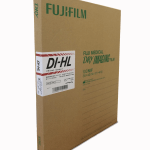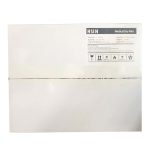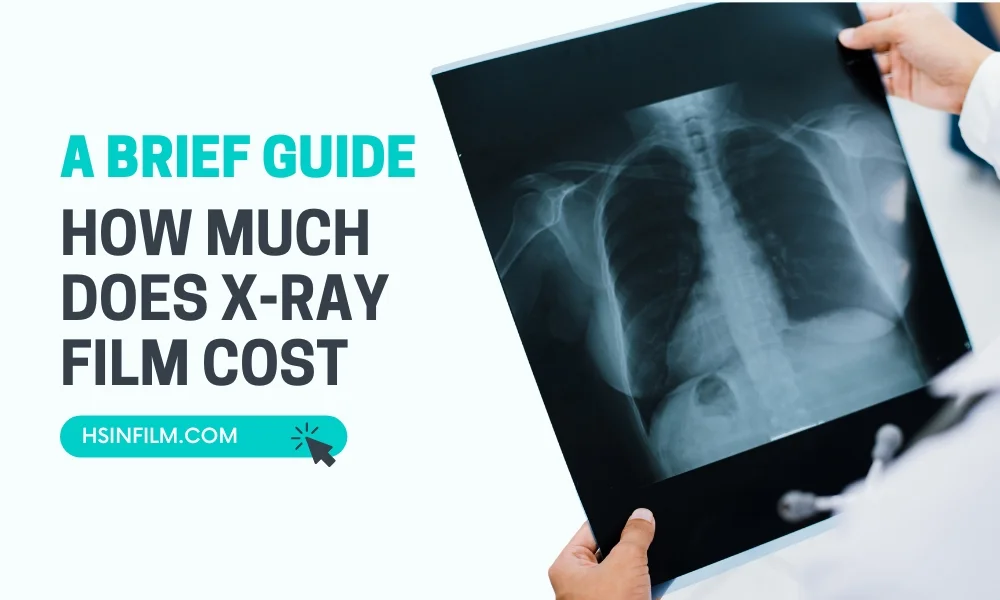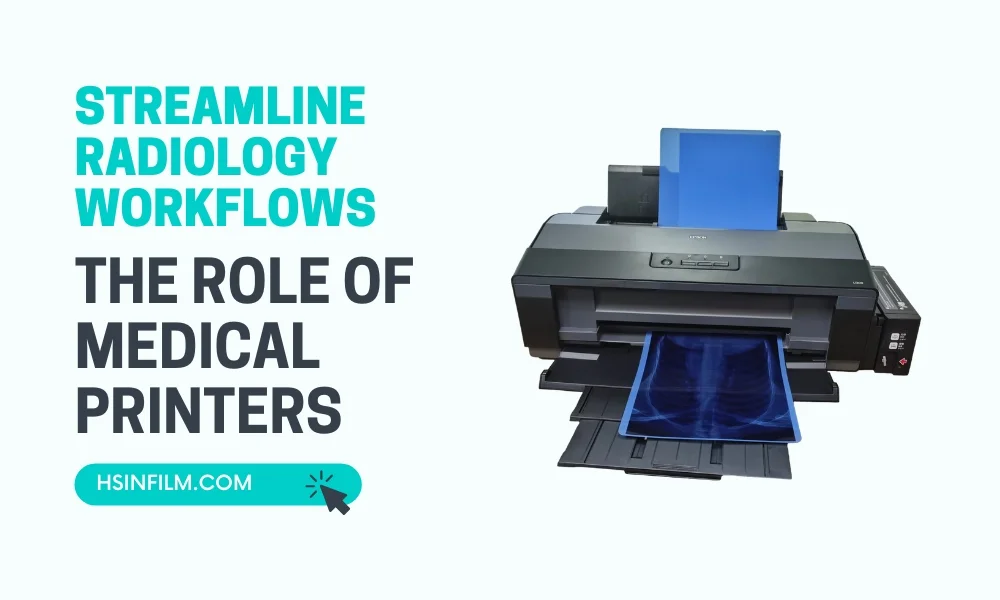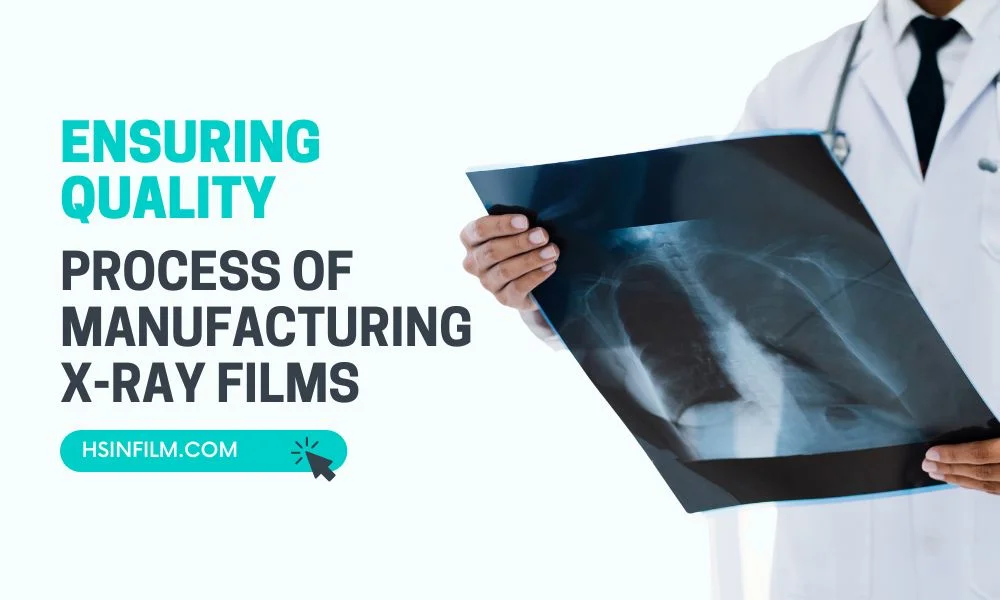Radiation exposure is a significant concern in medical imaging. As healthcare professionals strive to balance diagnostic accuracy with patient safety, reducing radiation doses becomes crucial. Medical dry film plays a vital role in supporting safer imaging practices. This blog post explores how medical dry film helps in radiation dose reduction and enhances the safety of medical imaging procedures.
Table of Contents: Radiation Dose Reduction
Understanding Radiation Exposure in Medical Imaging
What Is Radiation Exposure?
Radiation exposure refers to the amount of ionizing radiation absorbed by the body during medical imaging procedures, such as X-rays, CT scans, and mammograms. While these procedures are essential for accurate diagnosis and treatment, they also expose patients to radiation, which can have potential health risks.
Why Is Radiation Dose Reduction Important?
Reducing radiation doses is important to minimize the risk of radiation-induced health issues, such as tissue damage and increased cancer risk. Lowering radiation exposure while maintaining image quality is essential for ensuring patient safety and effective diagnosis.
The Role of Medical Dry Film in Imaging
What Is Medical Dry Film?
Medical dry film is a type of radiographic film used in medical imaging to produce high-quality diagnostic images. Unlike traditional wet film, dry film does not require chemical processing, making it more convenient and environmentally friendly. It is used in various imaging modalities, including X-rays and mammography.
How Does Medical Dry Film Work?
Medical dry film uses heat-sensitive materials to create images without the need for liquid chemicals. When exposed to radiation, the film captures the image, which is then developed using thermal processes. This results in clear, high-resolution images that are essential for accurate diagnosis.
Check our high-quality medical dry film…
Benefits of Medical Dry Film in Radiation Dose Reduction
Enhanced Image Quality
Medical dry film produces high-resolution images that enable detailed visualization of anatomical structures. This clarity allows for more accurate diagnosis with lower radiation doses, as fewer repeat exposures are needed to achieve the necessary diagnostic information.
Lower Radiation Requirements
Because of its sensitivity and image quality, medical dry film often requires lower radiation doses compared to traditional film. This reduction in radiation exposure helps minimize the risks associated with ionizing radiation, supporting safer imaging practices.
Efficient and Quick Processing
Medical dry film processing is faster and more efficient than traditional film processing. This efficiency reduces the need for repeated imaging, which can lead to lower cumulative radiation doses for patients. Faster image availability also improves workflow and patient throughput in medical facilities.
Environmentally Friendly
Medical dry film eliminates the need for chemical processing, which reduces environmental pollution and the disposal of hazardous waste. This eco-friendly aspect supports sustainable medical practices while ensuring patient safety through reduced radiation exposure.
The Role of Medical Dry Film in Reducing Radiation Dose

Imagine needing to retake a photograph multiple times due to a lack of clarity. In medical imaging, every retake equals additional radiation. Medical dry films, with their superior image quality, often reduce or eliminate the need for retakes.
- Sharper Images: Fewer retakes mean less cumulative radiation exposure.
- Reduced Need for Intense Radiation: Often, clearer images can be obtained with less intense radiation when using high-quality films.
Isn’t it fascinating how a simple film can contribute so profoundly to radiation dose reduction?
Key Factors in Radiation Dose Reduction with Medical Dry Film
High Sensitivity
Medical dry film is highly sensitive to radiation, which means it can produce quality images with lower radiation doses. This sensitivity helps reduce the amount of radiation needed for diagnostic imaging, contributing to safer practices.
Improved Image Contrast
The advanced technology used in medical dry film enhances image contrast, allowing for better differentiation of tissues and structures. This improved contrast helps radiologists detect abnormalities more effectively at lower radiation doses.
Reduced Repeat Exposures
The clarity and precision of images produced by medical dry film reduce the likelihood of needing repeat exposures due to poor image quality. Fewer repeat exposures mean lower cumulative radiation doses for patients.
Compatibility with Digital Systems
Medical dry film is compatible with digital imaging systems, enabling seamless integration into modern medical imaging workflows. This compatibility allows for efficient image storage, retrieval, and sharing, reducing the need for additional radiation exposure during image acquisition.
Practical Tips for Using Medical Dry Film to Reduce Radiation Dose
Optimize Imaging Protocols
Adjust imaging protocols to use the lowest radiation dose necessary for obtaining diagnostic-quality images. Customize settings based on patient size, age, and specific clinical indication to minimize exposure while maintaining image quality.
Regular Equipment Maintenance
Ensure that imaging equipment is regularly maintained and calibrated to perform optimally. Proper maintenance helps prevent unnecessary radiation exposure due to equipment malfunctions or suboptimal performance.
Educate and Train Staff
Provide ongoing education and training for radiologic technologists and other medical staff on best practices for radiation dose reduction. Emphasize the importance of using medical dry film and other technologies that support safer imaging practices.
Implement Dose Monitoring
Use dose monitoring systems to track and analyze radiation doses for different imaging procedures. This data can help identify areas for improvement and ensure that radiation doses are kept within safe limits.
Encourage Patient Communication
Inform patients about the steps being taken to reduce radiation exposure and the benefits of using medical dry film. Providing this information helps patients understand the importance of radiation safety and can alleviate concerns about imaging procedures.
Additional Measures to Ensure Safer Imaging Practices
Medical dry films are a piece of the puzzle. What else can healthcare facilities do?
- Regular Machine Maintenance: Ensures optimal performance.
- Training: Empowers radiologists and technicians to use minimal yet effective radiation doses.
- Patient Awareness: Keeping patients informed allows them to voice concerns and provide consent knowledgeably.
Advantages of Medical Dry Film Over Traditional Film
No Chemical Processing
Medical dry film eliminates the need for chemical processing, which reduces the potential for errors and inconsistencies associated with traditional film processing. This contributes to more reliable and accurate diagnostic images.
Faster Image Availability
The quick processing time of medical dry film allows for faster image availability, which can lead to more timely diagnosis and treatment. This efficiency also reduces the need for repeat imaging, lowering cumulative radiation exposure.
Cost-Effectiveness
Although the initial cost of medical dry film may be higher, the long-term savings from reduced chemical use, waste disposal, and repeat imaging make it a cost-effective choice for medical facilities.
Versatility
Medical dry film can be used in various imaging modalities, making it a versatile option for different diagnostic applications. Its ability to produce high-quality images across multiple platforms supports comprehensive patient care.
The Future: Evolving Technologies and Their Potential
The march of technology is relentless. As we look to the horizon, newer methods, perhaps even harnessing AI, might further the cause of radiation dose reduction. And yes, medical dry films will still play their part, adapting and evolving.
Conclusion
Medical dry film plays a crucial role in supporting radiation dose reduction and enhancing the safety of medical imaging practices. Its high sensitivity, improved image quality, and efficiency contribute to lower radiation exposure for patients. By understanding the benefits and best practices for using medical dry film, healthcare professionals can promote safer imaging practices and improve patient outcomes. As advancements in imaging technology continue, the role of medical dry film in reducing radiation doses and supporting patient safety is expected to grow, making it an essential component of modern medical imaging.
This comprehensive guide highlights the importance of medical dry film in radiation dose reduction and safer imaging practices. By focusing on the key aspects of this technology, it provides valuable insights for healthcare professionals looking to enhance the quality and safety of their imaging procedures.
FAQ
Q: Can medical dry films be used with any imaging machine?
A: Most modern imaging machines are compatible with medical dry films, but it’s always best to check the manufacturer’s guidelines.
Q: How significant is the radiation reduction when using medical dry films?
A: While the exact reduction can vary, facilities have reported decreases in repeated scans, which directly correlates to less radiation exposure.
Q: Are there any downsides or limitations to using medical dry films?
A: While medical dry films offer numerous benefits, they do require proper storage and handling to maintain their high-quality output.
References and Useful Links
This article sheds light on the intricate world of diagnostic imaging and the silent workhorses, the medical dry films, that ensure its benefits don’t come at the cost of patient safety. Every layer of the medical world, from the equipment to the professionals, plays its part in ensuring our well-being. And now, you’re a part of this informed circle too. What will you do with this knowledge?
